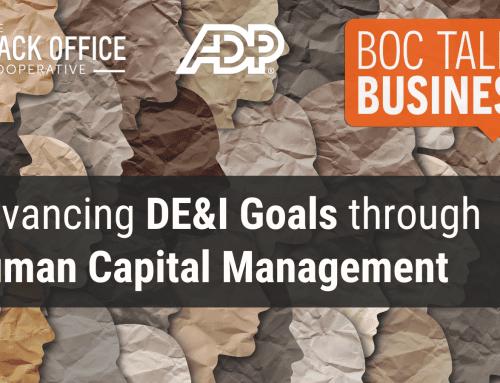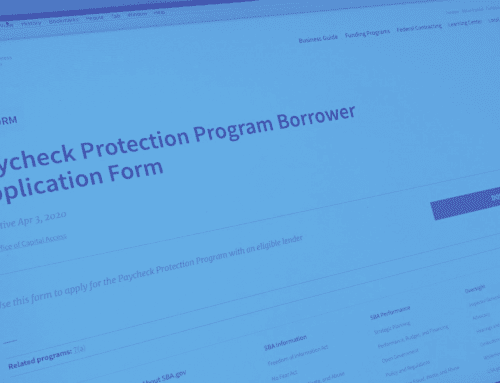Most nonprofits have more pressing issues than their energy suppliers. As long as the bill looks “normal,” it is paid without question. Plus, energy bills can be hard to decipher. But the energy sector is undergoing rapid change, and many questions are worth asking – especially if they can save your nonprofit money:
1. Am I being billed properly?
Sometimes “normal” includes billing mistakes, such as more expensive rate schedules, improper demand charges, or even billing for facilities that don’t belong to you.
2. Are we exposed to extreme price volatility?
Energy rates change, but you can control how often, and by how much. Many energy customers had a rude awakening when they received their invoices for February usage: Due to the unusual winter storm, some customers’ energy prices shot up by 10 times or more. Even some supposedly “fixed-rate” contracts allow for extraordinary charges during an energy crisis.
3. Should we allow for more price volatility?
Generally speaking, variable index pricing will result in lower overall energy costs, compared to fixed pricing, because you are not paying someone else to bear the price risk. Some organizations are okay with the occasional high energy bill as long as they can get the lowest cost over time. The “Goldilocks” pricing arrangement for your organization may be somewhere between budget certainty and overall lowest cost.
4. Are we wasting energy and money?
With LED lighting, intelligent controls, and utility incentives, there are now more opportunities for energy efficiency than ever before, many with payback periods of less than two years. What improvements are worth doing right now?

Solar and wind power are the biggest new additions to the nation’s energy supply.
5. How clean and green are we?
Did you know that solar and wind are the biggest new additions to our nation’s energy supply? Not only are they good for the environment, but they are often the least costly sources of energy. Should we go 100% renewable now? And would it be better to buy solar or wind power, or install solar panels on our own roof?
6. Who is my energy supplier, anyhow?
Often, supplier arrangements made years ago are auto-renewed without any review. Once their original contract term ends, prices can rise to more than double the market rate.
7. Who else am I paying, and how much?
If you have a separate energy supplier, your rate probably includes an “adder” that the supplier pays monthly to a consultant or broker for having set up the procurement contract. This adder is determined by the broker, has no cap, and is almost never itemized or even disclosed on your invoices.
8. Who can I trust?
Do you know if you are getting the best value for your energy procurement dollars?
The Back Office Cooperative’s Energy Program has been serving nonprofit organizations for more than 10 years and has been recently refreshed to provide access to a wider number of suppliers, greater savings, and more member services to help members to manage energy expenditures.
Let us know how we can help! Contact BOC for a free consultation.





